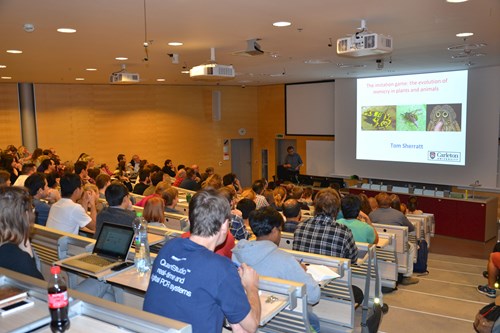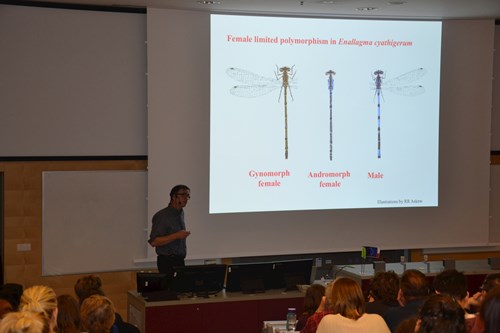Prof. Tom Sherratt
Department of Biology, University of Carleton, Canada
-
Research in Dr Sherratt’s laboratory focuses on two main themes (a) the evolution of “weird” behavioural and morphological traits – such as cooperation among non-relatives and conspicuous warning signals and (b) how individual behavior helps to shape the spatiotemporal dynamics of populations – such as the way the behavior of individuals on encountering landscape features can help generate traveling waves.
- Laboratory webpage: https://sherrattlab.weebly.com





